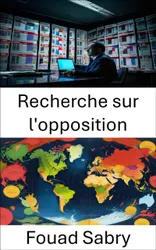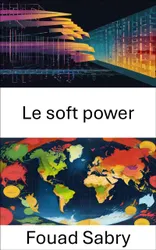What is Bump Mapping
Creating the appearance of bumps and wrinkles on the surface of an object is the goal of the texture mapping technique known as bump mapping, which is used in computer graphics. This can be accomplished by perturbing the surface normals of the object and then using the disturbed normal in the calculations that are performed for the illumination. The end result is a surface that appears to be bumpy rather than smooth, despite the fact that the surface of the object that is now being worked on remains unchanged. In 1978, James Blinn laid the groundwork for the concept of bump mapping.
How you will benefit
(I) Insights, and validations about the following topics:
Chapter 1: Bump mapping
Chapter 2: Texture mapping
Chapter 3: Normal mapping
Chapter 4: Per-pixel lighting
Chapter 5: Heightmap
Chapter 6: Self-shadowing
Chapter 7: Displacement mapping
Chapter 8: Collision detection
Chapter 9: Gouraud shading
Chapter 10: Phong shading
(II) Answering the public top questions about bump mapping.
(III) Real world examples for the usage of bump mapping in many fields.
Who this book is for
Professionals, undergraduate and graduate students, enthusiasts, hobbyists, and those who want to go beyond basic knowledge or information for any kind of Bump Mapping.
























